Melissa Could Become the Strongest Storm in Jamaica History
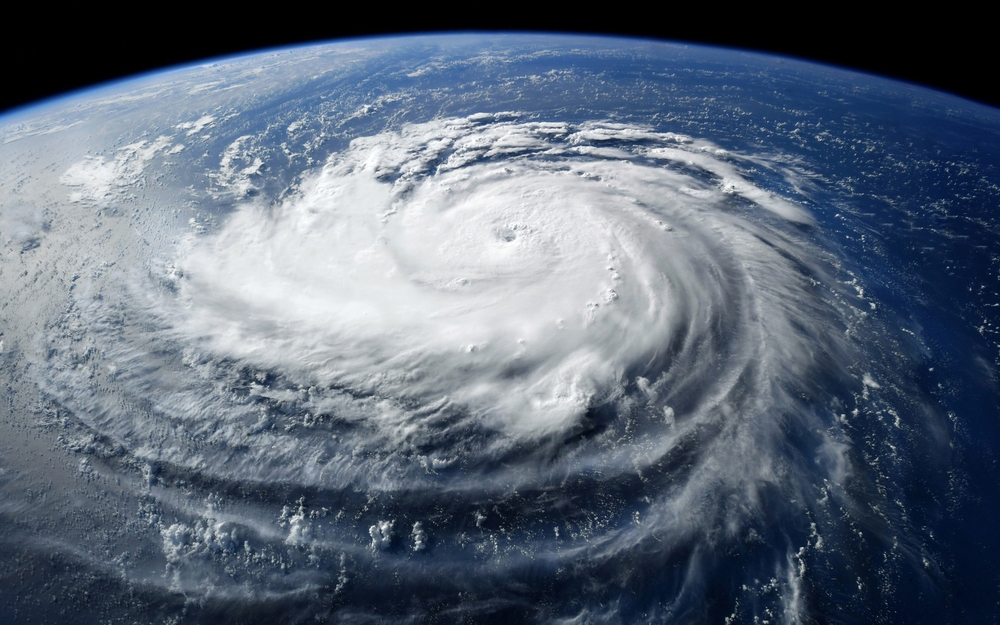
Hurricane Melissa has rapidly evolved from a distant tropical disturbance into a catastrophic Category 5 storm that now bears down on Jamaica with winds reaching 175 miles per hour and rainfall that could exceed 40 inches in some regions. Meteorologists have warned that this could be the strongest storm to ever hit the island since record-keeping began in 1851. As Jamaica braces for impact, the phrase now dominating emergency broadcasts and news headlines is chilling: “total structural failure.” The National Hurricane Center’s forecast leaves little doubt about the potential devastation entire communities may be leveled, infrastructure crippled, and lives upended by one of nature’s most ferocious displays of power.
For days, the island has been under siege from the storm’s outer bands, bringing torrential rain, landslides, and a growing sense of dread. The hurricane’s central pressure, measured at 901 millibars lower than Hurricane Katrina’s at landfall marks Melissa as one of the most intense storms ever recorded in the Atlantic. Yet beyond the raw meteorological data, the looming tragedy lies in its human dimension. From low-lying Kingston to the mountain villages of St. Thomas, families have crowded into over 800 emergency shelters, clinging to the hope that their homes and livelihoods will survive. This storm is not just another hurricane on the calendar; it is a stark warning of a changing climate, an overburdened infrastructure, and a fragile region caught between geography and global warming.
A Storm Without Precedent
When meteorologists began tracking a tropical wave off the coast of West Africa earlier this month, few imagined it would become a historic storm. But as it entered the Caribbean, Hurricane Melissa encountered the perfect recipe for intensification: unusually warm ocean temperatures exceeding 86°F (30°C), low wind shear, and a moist atmosphere. Within days, it spun into a monster its wind speeds escalating faster than forecasters could update their models. According to the U.S. National Hurricane Center, Melissa’s winds have reached 175 mph, and the system’s slow crawl north-northeast at just two miles per hour means Jamaica is facing not just a blow, but a prolonged siege.
Meteorologists describe Melissa as “the storm of a generation.” CBS News reported that it could become the most powerful storm to ever make landfall anywhere, rivaling Hurricane Dorian’s 2019 devastation of the Bahamas.
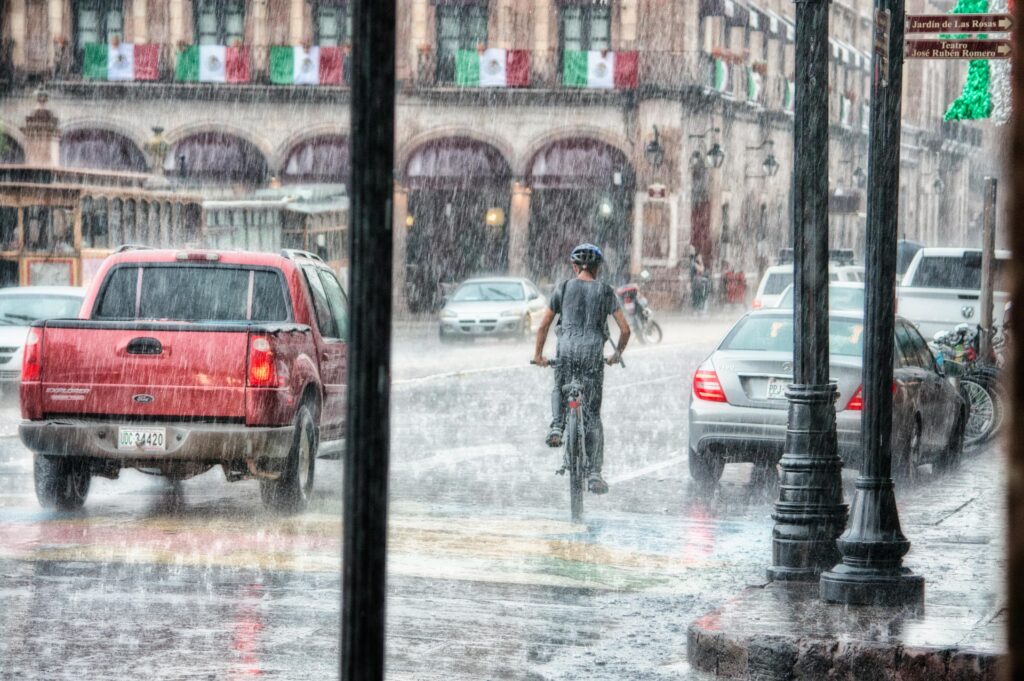
The storm’s slow pace is what makes it particularly dangerous: with each hour that its eye wall hovers over Jamaica, the island absorbs more rain, more wind, and more destruction. The southern coast faces storm surges up to 13 feet, enough to submerge entire neighborhoods. Inland, hillsides are likely to crumble, triggering deadly landslides. The combination of wind and water, experts say, could erase entire sections of the landscape.
Scientists like Phil Klotzbach of Colorado State University point out that while hurricanes of this strength are not unprecedented, the frequency of such superstorms has risen in recent decades. “We’re seeing stronger storms forming more quickly and maintaining their intensity longer,” Klotzbach noted, attributing part of this trend to rising sea surface temperatures one of the hallmarks of climate change. The Caribbean, a region of extraordinary beauty and biodiversity, is also a crucible where the effects of global warming manifest in terrifying clarity.
Jamaica in the Path of Fury
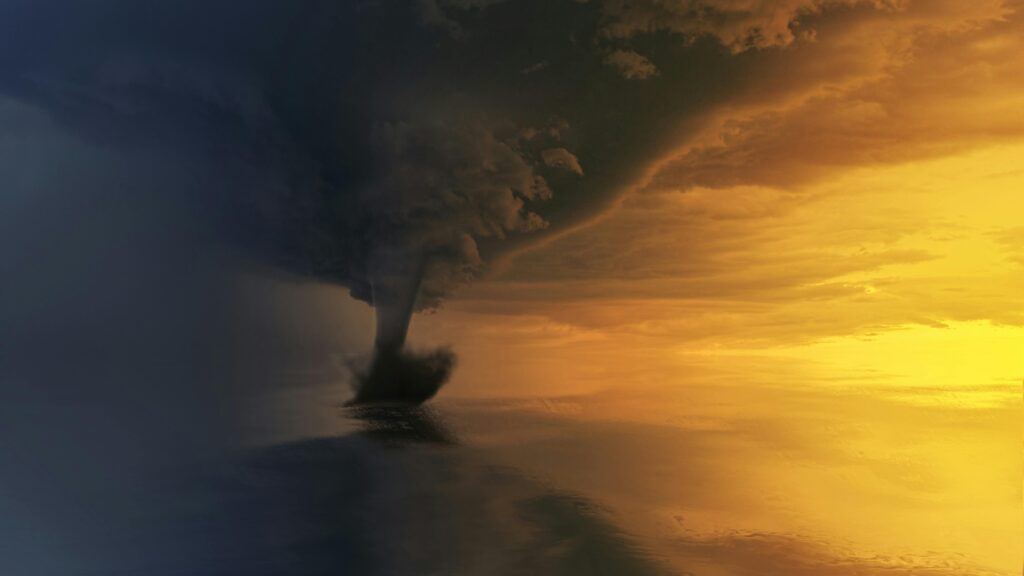
For the people of Jamaica, Melissa’s arrival feels both apocalyptic and tragically familiar. Decades of living in the hurricane belt have hardened the island’s resilience, but even the most prepared communities are struggling to cope. Prime Minister Andrew Holness ordered mass evacuations across flood-prone parishes, including parts of Kingston, Port Royal, and Clarendon. “We will weather this storm and rebuild stronger,” he promised in a national address but the government’s tone has been one of sobering realism. Transport Minister Daryl Vaz urged residents: “Do not gamble with Melissa. It’s not a safe bet.”
By Monday night, the government reported that only 76 of the island’s 800-plus shelters were occupied a sign of the deep-rooted fear of looting and displacement among residents. Many Jamaicans have chosen to stay home, boarding windows, reinforcing roofs, and praying that the concrete and steel will hold. Others have fled inland, seeking higher ground as storm surge warnings reach up to 13 feet. In coastal communities like Old Harbour and Portmore, floodwaters have already begun swallowing streets, and emergency workers are stretched to the limit.
Melissa’s arrival has also reignited memories of Hurricane Gilbert in 1988, which devastated the island with winds of 132 mph. But as experts warn, Melissa’s impact could dwarf even that catastrophe. With the ground already saturated from weeks of heavy rain, flash floods are inevitable. Schools and government offices have been shuttered, power outages are sweeping the island, and communication lines are beginning to fail. Local meteorologist Evan Thompson summarized the grim mood: “All the threats that a hurricane can unleash wind, rain, surge, landslides they’re all going to happen here, all at once.”
The Science of Superstorms
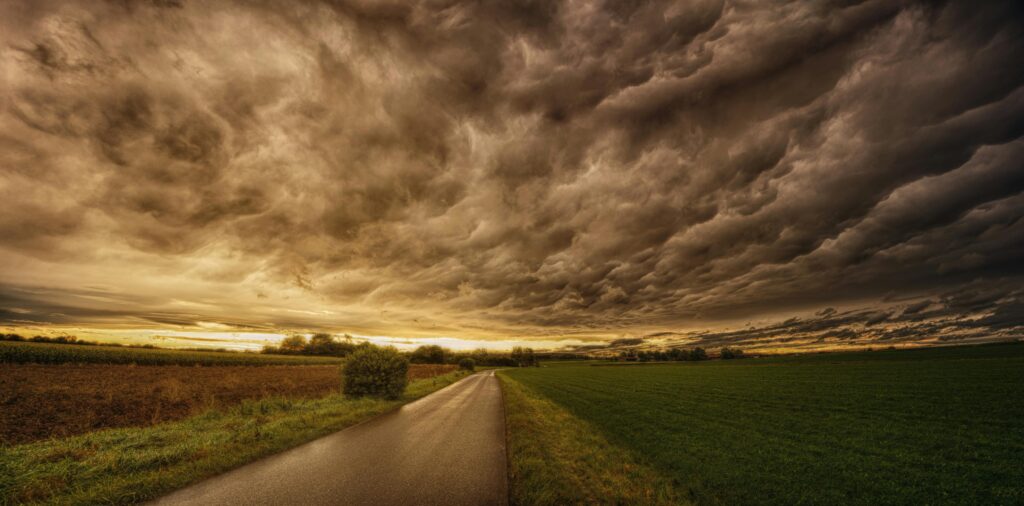
Hurricane Melissa’s terrifying strength is not an isolated event it’s part of a broader pattern that scientists have been warning about for years. Climate change, fueled by greenhouse gas emissions, is warming the world’s oceans and atmosphere. This allows storms to draw more energy and moisture, leading to higher wind speeds and heavier rainfall. The Caribbean is one of the regions most acutely affected by this trend. Warmer seas mean more evaporation, and a wetter atmosphere translates into torrential rains that can linger for days.
According to NOAA climatologist Sarah Kapnick, “For every one degree Celsius increase in ocean temperature, a tropical cyclone can carry about 7% more water vapor.” This means that even if the number of hurricanes doesn’t drastically increase, their destructive potential does. Melissa’s slow movement compounds the danger as it hovers over one area, it behaves less like a passing storm and more like a prolonged weather system, dumping unrelenting rain on an already fragile terrain.
The central pressure of 901 millibars recorded within Melissa is a telling indicator of its power. By comparison, Hurricane Katrina’s minimum pressure was 902 millibars, while Hurricane Dorian’s was 910. The lower the pressure, the stronger the storm. These numbers, once rare, are becoming disturbingly common. In 2025 alone, Melissa is the third Category 5 hurricane to form in the Atlantic an occurrence unseen in two decades. Experts are now openly asking whether we’ve entered a new era of “hypercanes” storms beyond the scale of historical experience.
Humanitarian Crisis in the Making
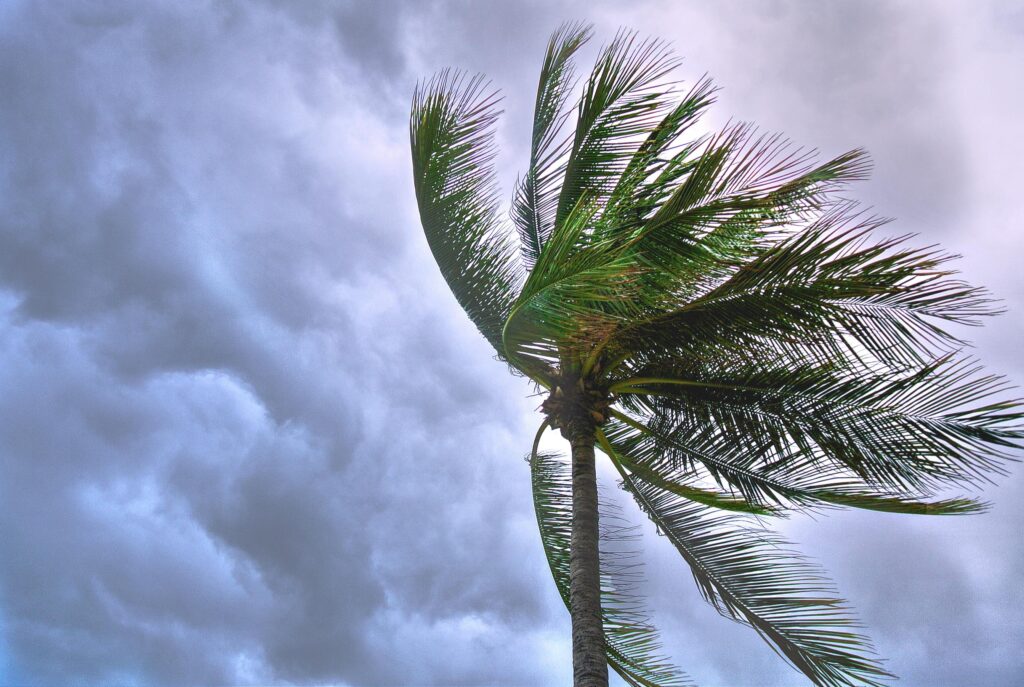
While meteorologists debate the mechanics of superstorms, on the ground in Jamaica, the crisis is immediate and visceral. The government has declared a state of emergency in multiple parishes, mobilizing soldiers and police to assist in evacuations. Across the island, families are huddled in shelters schools, churches, and community centers transformed into temporary havens. Yet even there, fear runs deep. As power flickers out, many worry about food, water, and communication lines. The Office of Disaster Preparedness has distributed emergency rations, but roads blocked by landslides and flooding are slowing relief efforts.
In nearby Haiti and the Dominican Republic, the storm’s outer bands have already killed at least seven people and displaced thousands. Crops across Haiti’s southern plains have been destroyed a devastating blow for a country already facing widespread hunger. “Flooding is obstructing access to farmland and markets, jeopardizing harvests,” reported the UN Food and Agriculture Organization. As Melissa moves toward Cuba and the Bahamas, fears are growing of a regional humanitarian disaster.
The economic toll will also be staggering. Disaster modeler Chuck Watson estimates Jamaica’s damages could reach between $5 billion and $16 billion figures that could cripple an economy still recovering from the pandemic and inflation shocks. Tourism, one of Jamaica’s key industries, faces months of disruption. Ports, power plants, and water systems may require extensive rebuilding. Even as the storm rages, international aid organizations are preparing for what comes next: the long, exhausting recovery.
A Climate Wake-Up Call
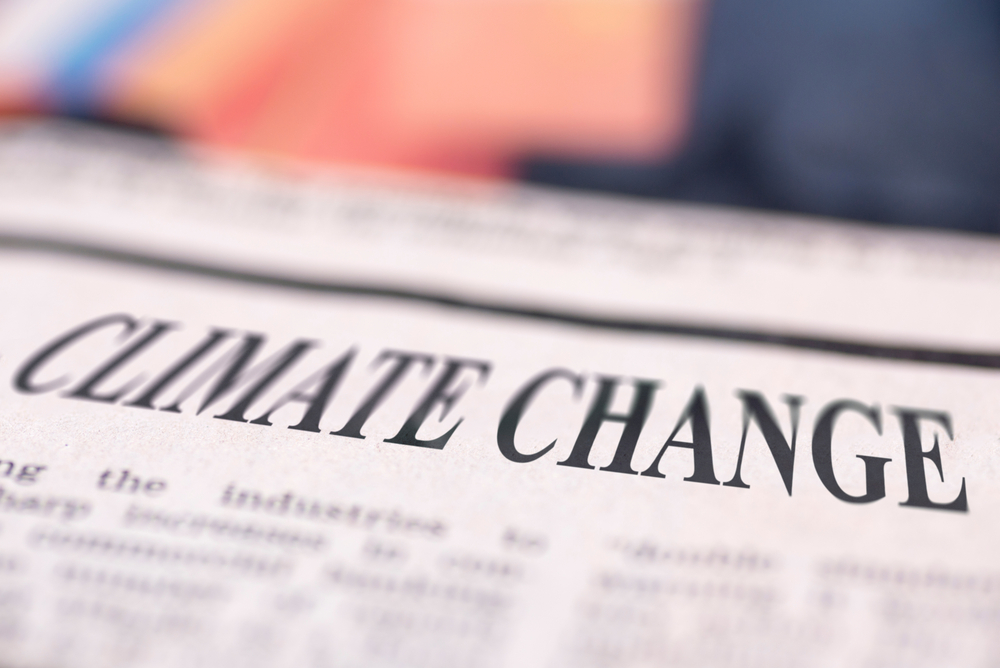
Every hurricane season brings its share of anxiety, but Melissa’s ferocity stands out as both a tragedy and a warning. The Caribbean’s vulnerability to climate extremes is not new, yet the rapid escalation of these storms reveals how close we are to the limits of adaptation. The warming of the Atlantic basin is outpacing the infrastructure and preparedness of many island nations. Despite advances in forecasting and evacuation planning, the sheer physical power of Category 5 storms means there are few truly safe places when they make landfall.
Climate scientists warn that even if global emissions were drastically reduced today, the oceans would retain their heat for decades, continuing to feed stronger storms. What can change, however, is how nations prepare. Building codes can evolve to withstand higher wind speeds, and early-warning systems can reach remote communities faster. Investment in coastal resilience from mangrove restoration to flood-resistant housing can save lives and livelihoods. As Prime Minister Holness said, “We will rebuild stronger,” but the rebuilding must also mean smarter.
Hurricane Melissa’s story is not over yet. Its path across the Caribbean will test every level of preparedness, from international coordination to local resilience. Yet it also offers a moment of reckoning a reminder that climate change is not a distant threat, but a force reshaping lives here and now. In the days and weeks to come, the world will watch Jamaica’s recovery with empathy and alarm. But the deeper question lingers like the calm inside the storm’s eye: how many more Melissas will it take before humanity changes course?
The Eye and the Aftermath
As Hurricane Melissa’s eye looms over western Jamaica, meteorologists describe the brief calm as deceptive a temporary pause before the other half of the storm tears through. For those huddled in shelters or darkened homes, this is a moment suspended between hope and fear. The damage will be tallied in billions, the human toll in grief and resilience. Yet the lessons will reach far beyond the Caribbean. In Melissa’s swirling winds lies the unmistakable signature of a warming planet, one that demands not just survival, but transformation.
When the waters recede and the skies clear, Jamaica will begin to rebuild stronger roofs, higher seawalls, better warning systems. But perhaps Melissa’s most enduring impact will be its role as a catalyst for awareness, forcing the world to confront the physics of our changing climate and the fragility of the communities standing in its path. The Caribbean, long romanticized for its beauty, now stands as a frontline witness to the planet’s evolving storms. The message from Hurricane Melissa is clear and devastating: the future is already here, and it is blowing at 175 miles per hour.
Loading...

